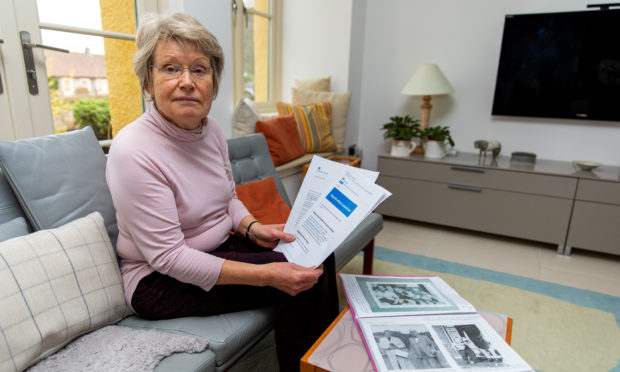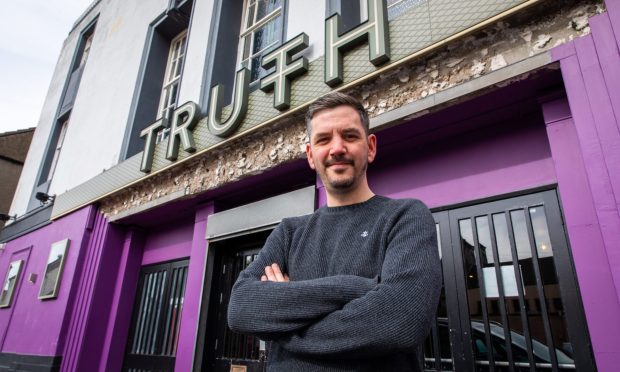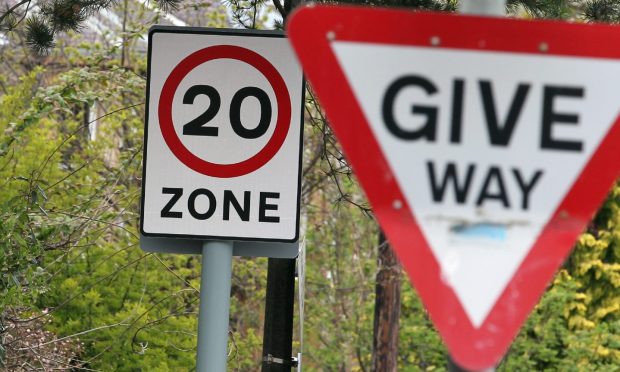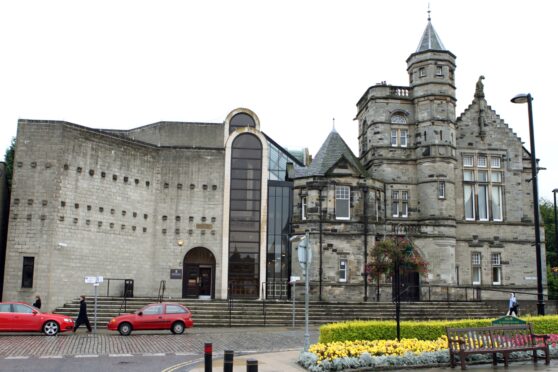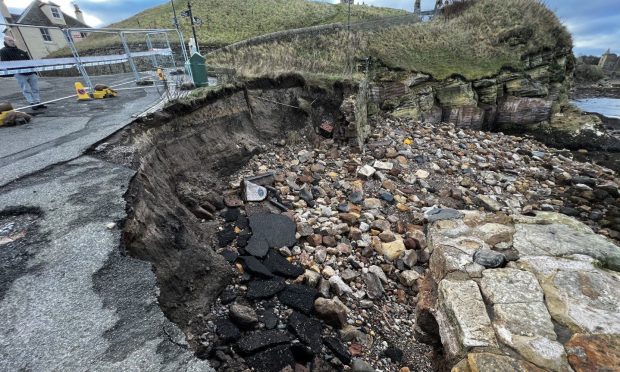A German grandmother who taught generations of Fifers said a demand that she register to remain in the UK after Brexit reminded her of the Nazis listing Jews in her homeland before the Second World War.
Retired teacher Karin Vaughan, 73, has lived in Britain since she was three months old.
She is among around 3.5 million EU nationals required to apply for leave to remain in Britain under the EU settlement scheme.
Describing the scheme as an “immigrant database”, she said: “When the government starts making lists about people it has echoes of the past.
“This is what happened to the Jews in the 1930s.”
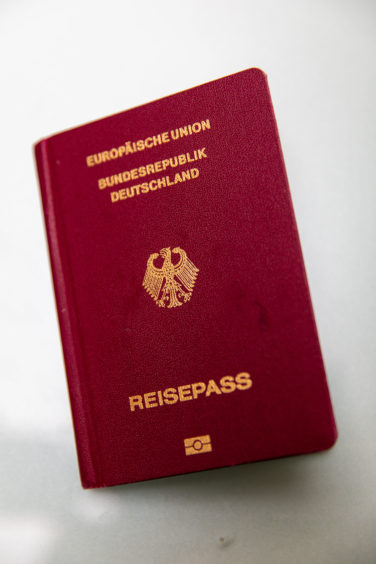
The infant Karin Sternad arrived in England with her English mother, who had married a German, at the end of the Second World War after their home in Germany was bombed.
She later married an Englishman and moved to Glenrothes then Letham in the 1980s.
She and husband John, who worked for Brand-Rex, are active members of their community and Karin, who has two sons and three grandchildren, was a teacher for 22 years.
Karin never saw the need to apply for British citizenship so last Monday she had to make the trip to Edinburgh to apply to remain in the UK.
She was not permitted to vote in the 2016 referendum and was startled when she received a letter from her local MP after the vote, telling her she was welcome in the UK.
She said: “It had never crossed my mind I wasn’t welcome in the UK.”
Neighbours in her rural community, many unaware of her German roots, were angered to learn that she had been made to request permission to stay.
Karin said: “I have lived in this country for so long, I have worked, paid taxes and national insurance. I married John, who is British, in 1967. I consider myself British, I have never considered myself anything else.
“If the government wants to know anything about me, they have all this information, so why is it necessary for me to register on this immigrant database?”
Her case was highlighted by neighbour David Hamilton, whose Tweet branding her treatement “not right” went viral.
Just bumped into a neighbour who I was surprised to learn was a German National. She has been living in the UK for 74 years and continues to be a stalwart of our community. Tomorrow, she despondently told me, she must travel to Edinburgh to “register”.
This is not right.
— David Hamilton (@DvdHmltn) February 3, 2019
North East Fife SNP MP Stephen Gethins, who raised her case in Westminster, said: “Karin Vaughan has made her life here and contributed so much to the local community of Letham and the Howe of Fife.
“It is disgraceful and offensive that she and many other constituents who live here, pay taxes and contribute to our culture and communities, are being asked to sign up to this register when the UK Government already has all her details.”
A Home Office spokesperson said: “The EU settlement scheme will make it easy for EU citizens to obtain the immigration status they need after the UK leaves the EU.
“We will ensure those who require additional support receive it.
“As part of that we are providing up to £9m funding and working closely with organisations that are supporting vulnerable or at-risk people, and their family members, through the application process.”
